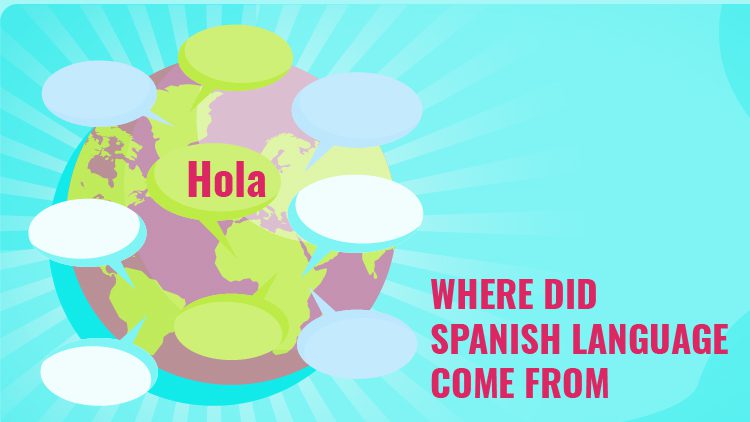
Where did the Spanish language come from?
The Origins of the Spanish Language
The Spanish language, or Castilian, is a Romance language that evolved from the Vulgar Latin spoken by the people of the Roman Empire. It first emerged in the Iberian Peninsula in the 15th century and has since spread to become one of the most widely spoken languages in the world. The earliest written form of Spanish can be traced back to the 16th century when it was used as an official language in various parts of Spain. It was influenced by other languages such as Arabic, Hebrew, and Basque during this time.
In the 17th century, Spanish explorers brought the language to Latin America, where it quickly became the primary language in many regions. This trend continued in the 18th and 19th centuries as more Spanish speakers moved to Latin American countries. By the 20th century, Spanish had become a national language in many parts of Latin America and a regional language in other areas, such as Puerto Rico. Today, Spanish is the official language of 22 countries, making it the second-most spoken language after Mandarin Chinese. Millions also speak it of people worldwide as a native or second language.
In terms of its grammar and syntax, Spanish is similar to other Romance languages such as French, Italian, and Portuguese. However, it has some unique features, such as using the subjunctive mood and several dialects and regional variations. Overall, Spanish is an incredibly influential language that has been around for centuries. It continues to evolve even today and is likely to remain one of the world’s most important languages in the future.
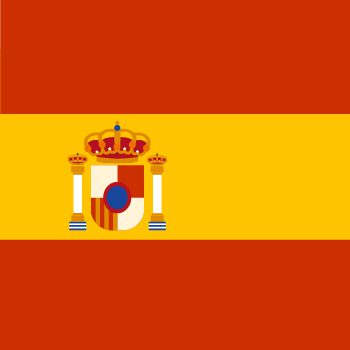
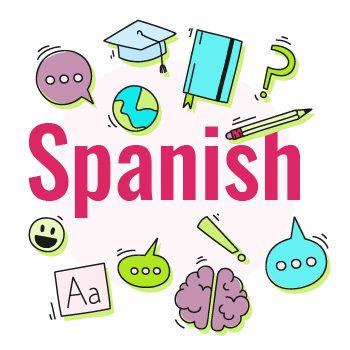
How the Spanish language has evolved
Spanish is a Romance language that has evolved from Vulgar Latin and has become one of the primary languages spoken in many countries worldwide. The Spanish language first emerged during the 15th century when Spanish explorers began colonizing parts of South America, Central America, and the Caribbean. During this period, Spanish began to replace the native languages of the region, and by the 17th century, it had become the official language of many countries, including Puerto Rico. Throughout the 18th and 19th centuries, Spanish continued to evolve, becoming more refined as it was used in literature, politics, and other areas of public life. In the 20th century, Spanish underwent several further changes, particularly when it became the primary language of Latin American countries. Numerous Spanish dialects emerged in different regions, such as Mexican, Puerto Rican, and Cuban. Today, Spanish is considered one of the essential languages in the world and is spoken by over 470 million people worldwide. It has also become the official language of numerous international organizations and is one of the most widely used Romance languages. Modern Spanish has incorporated new vocabulary from English and other languages in recent years while maintaining its unique subjunctive mood and regional variations.
The influence of other languages on Spanish
Spanish is a Romance language descended from Latin, but other languages have heavily influenced it throughout history. As the language spread around the world, it was adopted as an official language in many countries, and native languages had an impact on its development. In the 16th century, Spanish explorers sailed to Latin America and established Spanish as the primary language in the region. Indigenous languages such as Nahuatl and Quechua impacted the structure and vocabulary of the language, while words from African languages such as Yoruba and Bantu were also adopted into Spanish. In Puerto Rico, Spanish dialects still retain influences from the island’s original native Taíno language. The 19th century saw further influences from Italian and French as Spain experienced a cultural revival. The 20th century also saw significant changes to the language as Spanish spread to other parts of the world. In some areas, particularly in South America, English terms were adopted into Spanish and regional dialects developed.
As Spanish continues to evolve, it is becoming more and more diverse. With millions of Spanish speakers worldwide, the language continues to develop new regional varieties and even its subjunctive mood. Today, Spanish is spoken as a primary language in many countries and is recognized as an official or national language in several others. It is a modern language with a rich history shaped by centuries of interactions between different cultures and languages.
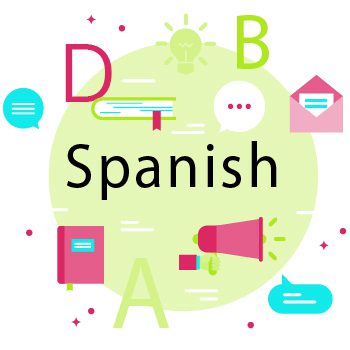
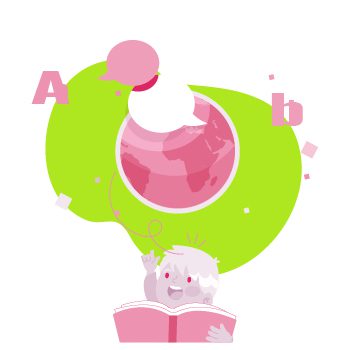
Regional variations in the Spanish language
Spanish had spoken in many parts of the world since the 16th century when Spanish explorers first arrived in Latin America. It is an official language in more than 20 countries and is spoken by an estimated 500 million worldwide. Despite its widespread use, Spanish is not uniform across all countries where it is spoken. Over the centuries, different regions have developed distinct dialects and language variations, leading to a rich diversity of Spanish accents and vocabularies. In many Latin American countries, Indigenous languages are still spoken alongside Spanish. In Mexico, for example, the Nahuatl language is the most widely used Native language, while in Peru, Quechua is a sign language. These indigenous languages have often influenced the local dialect of Spanish. For example, some people in rural parts of Mexico may use Nahuatl words in their Spanish, while speakers in Peru might use Quechua words. In the 17th century, with Spain’s colonization of Puerto Rico, Spanish dialects from the Canary Islands and other parts of Spain were introduced to the island, resulting in a unique Puerto Rican dialect. This dialect includes distinct uses of words and pronunciation patterns that differ from those found in other Spanish-speaking countries. In addition to regional differences, there are differences between formal and informal versions of Spanish. The formal version is more standard and is used in educational settings and official documents, while the informal version is used in everyday conversation. The formal version also features a more advanced grammar level, including complex verb conjugation forms and the subjunctive mood. Spanish has come a long way since its beginnings in the 15th century, evolving into a modern language millions of people use worldwide. Despite its diversity, Spanish remains one of the primary languages spoken in Latin America and is rapidly gaining popularity as a national language and the official language of many countries in South America.
What is the origin of the Spanish language?
The Spanish language, also known as Castilian, has its roots in the Iberian Peninsula, specifically in the region that is now modern-day Spain. It developed from various languages and dialects spoken in the region, including Latin, Arabic, and Romance.
When did Spanish first emerge as a distinct language?
Spanish emerged as a distinct language in the 9th century during Muslim rule in Spain. During this time, Arabic was the dominant language in the region, and Spanish borrowed many words and grammatical structures from Arabic.
How did Spanish spread beyond Spain?
Spanish began to spread beyond Spain in the 16th century during Spanish colonialism. Spanish explorers and colonizers brought the language to the Americas, which became the dominant language in many countries, including Mexico, Peru, and Argentina.
How has Spanish evolved?
Like all languages, Spanish has evolved, with pronunciation, grammar, and vocabulary changes. The Spanish spoken in Spain today is somewhat different from the Spanish spoken in Latin America due to regional variations and differences in vocabulary.
What is the current status of Spanish as a global language?
It is the official language of 21 countries and is spoken by over 580 million people worldwide. It is also an essential language in international business, diplomacy, and culture.

